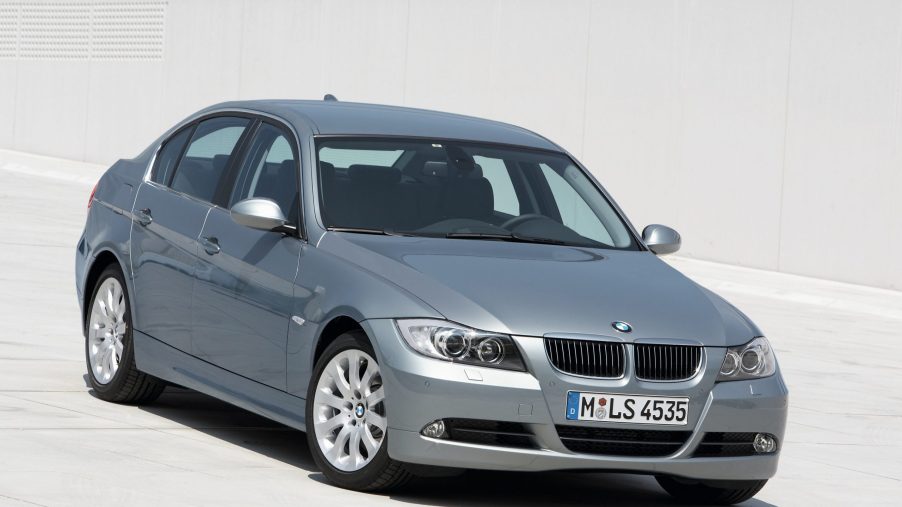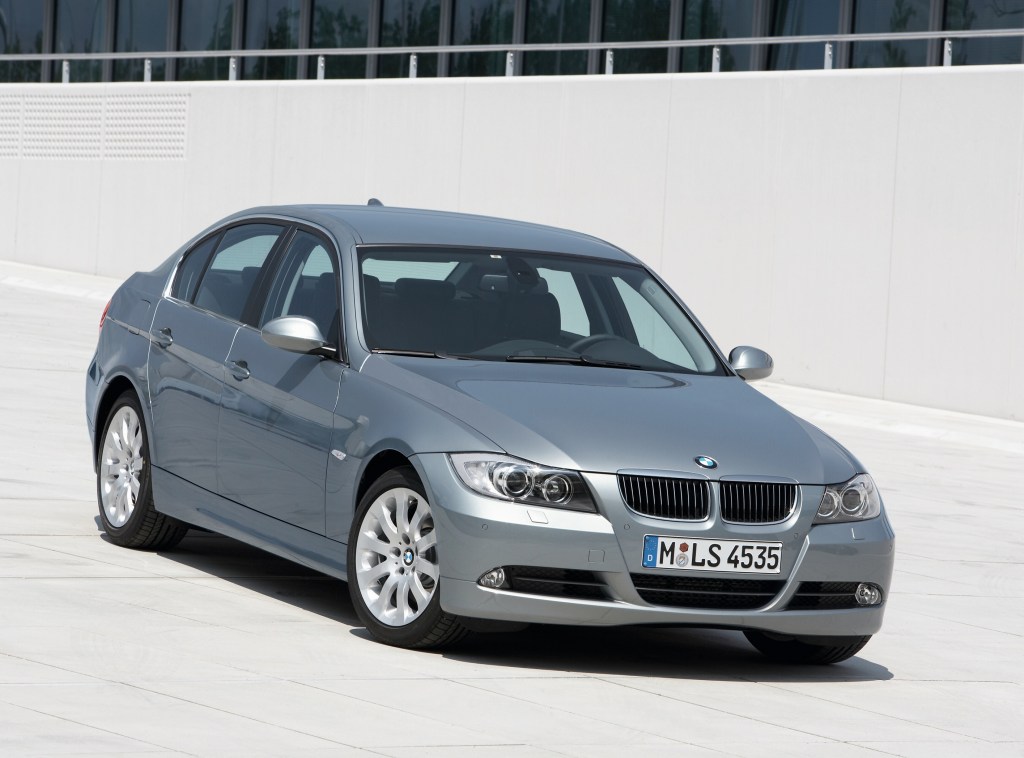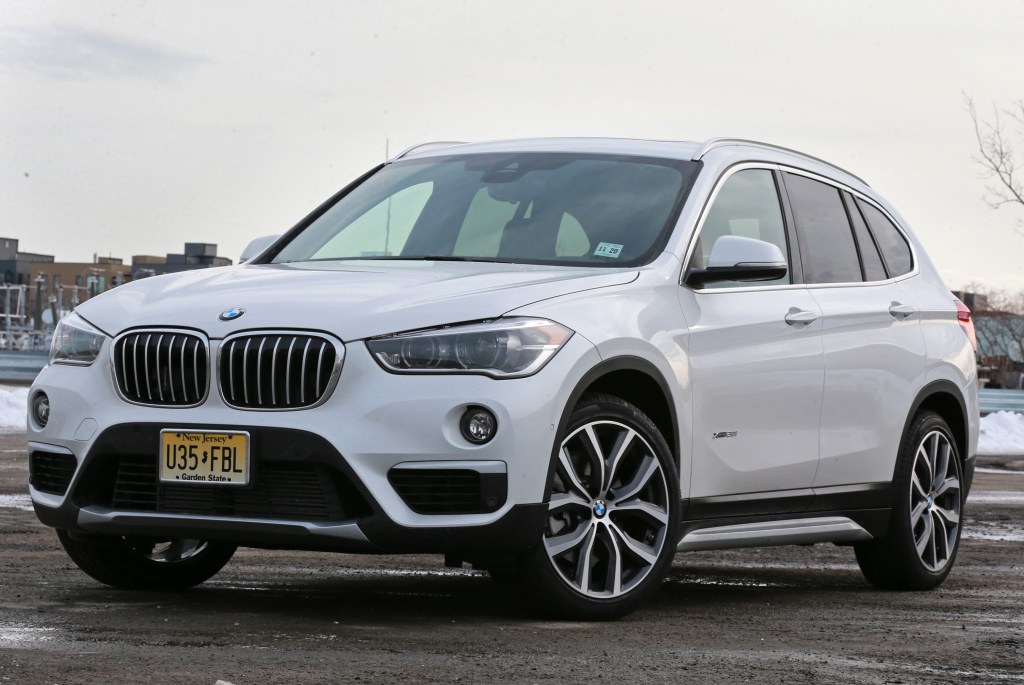
These Are Really Some of the Best Used BMWs Under $25,000
Best used BMWs under $25,000 article highlights:
- BMW Blog recommended several sub-$25,000 used BMW models, but they’re not necessarily the best choices from a reliability perspective
- In terms of the best used BMW passenger cars, consider getting a non-turbo E90 3 Series, E60/E61 5 Series, and an E82 128i
- There is one affordable used BMW on BMW Blog’s list that is a good choice: an F48 BMW X1
Cheap BMWs aren’t necessarily cheap to own, especially if they’re used. But a secondhand BMW doesn’t have to be an expensive headache. And depending on what kind of driver you are, older models are sometimes just as good, if not arguably better in some ways, than their new counterparts. But that doesn’t answer the basic question: which used BMW should you buy?
Known BMW resource BMW Blog recently tried to answer it with recommended models priced below $25,000. However, some of them can be a bit problematic. So, rather than searching for those cars, consider one of these sub-$25,000 models instead.
A non-turbo E90 is the best, most reliable used BMW 3 Series under $25,000

The first used BMW on the list is the 2007-2012 E90 335i. But while the E90 3 Series is arguably the most reliable used Bimmer, the 335i isn’t quite on that level. Although it’s the most powerful non-M E90, its N54 and N55 turbocharged inline-six engines have some notable and expensive problems. One of the most prevalent was a failing high-pressure fuel pump, though the automaker introduced a redesigned version after 2011.
However, an E90 3 Series is still one of the best used BMWs you can buy. You just have to go naturally-aspirated instead of turbocharged. Getting an E90 325i, 328i, and 330i nets you one of the brand’s most reliable engines, the N52 inline-six. And though they’re not as powerful as the 335i, these NA E90s are just as fun to drive.
Also, while a 325i, 328, or 330i didn’t come with all the 335i’s features, they’re just as well-built. They’re arguably better than the subsequent F30 3 Series in that regard, not to mention better-driving, Road & Track says. And though the E90 3 Series was criticized for being a bit softer and heavier than its predecessor, that also makes it a roomier, comfier daily driver.
So, if you’re looking for one of the best secondhand BMWs to get, get an NA E90 3 Series.
The best used BMW 5 Series isn’t the F10—it’s the earlier E60 and E61
Next on BMW Blog’s list is the 2011-2017 F10-gen 550i. Admittedly, recommending a 5 Series is tricky from a reliability perspective, especially the 2011 models. This reputation stems in part from the 550i’s ‘N63’ twin-turbo V8, which had a host of problems upon release, BMW Tuning notes. Furthermore, BMW Blog admits that the F10 5 Series is often considered “a bit too soft…clumsy, and not enjoyable enough to drive.”
However, that doesn’t mean buying a used BMW 5 Series is a bad idea. But instead of getting an F10, cast your net back one generation to the 2004-2010 E60 sedan and E61 wagon. And as with the E90, avoid the turbos and go for the naturally-aspirated models. For the US, that means the 520i, 525i, 528i, 530i, 540i, and 550i. The 525i, 528i, and 530i are great choices for reliability due to their stout N52 and N53 inline-six engines. Meanwhile, although the N62 V8 in the 540i and 550i has some age-related gasket issues, it’s less problematic than the N63, BMW Tuning says.
One downside of the E60 and E61 5 Series is the first-gen iDrive infotainment system, which was, um, not great, MotorTrend says. Also, the preceding E39 5 Series is arguably better to drive, not to mention less complicated.
However, a secondhand E60 BMW 5 Series is still a comfortable, reasonably-sporty luxury car. It was also the first 5 Series to offer six-cylinder engines with AWD—wagon included. And if you want E60 M5-level speed with more luxury and less worrying about that V10, imported Alpina B5s occasionally pop up for sale.
Get an E82 128i instead of the 135i
BMW Blog also lists the 2008-2013 E82 135i as a great used BMW. And to be fair, as the spiritual successor to the iconic 2002, the E82 1 Series is a great used buy. MotorTrend called it “a must-have on any car enthusiast’s personal top-ten list.” Plus, it’s the basis for one of the best BMWs ever, the 1M Coupe.
However, while the 135i isn’t a bad used BMW, it’s not the model to get. To quote Car and Driver, “the one to buy” is the E82 128i.
With 228 hp instead of 302, it’s slower in a straight line than the 135i. However, that 228 hp comes from a 3.0-liter N52 inline-six, which is more reliable than the 135i’s 3.0-liter turbocharged N54 inline-six. But while it’s less powerful than the 135i, the 128i is over 200 pounds lighter, making it even more fun to drive. Also, its 5.8-second 0-60 mph time beats the contemporary 328i, Car and Driver notes.
And speaking of the 3 Series, a used E82 1 Series has the same level of fit and finish as well as material quality. Apart from one or two hard plastics, it feels “every bit as expensive inside as a 3,” Car and Driver says. Plus, while there are plenty of non-M 1 Series models available for under $25K, there are far more cheap 128is to choose from.
A used F48 BMW X1 is a good choice for under $25,000

There is a sub-$25,000 used model on BMW Blog’s list that does make sense, though. It’s the second- and current-gen ‘F48’ X1, first introduced in 2016.
As a subcompact, front-wheel-drive luxury crossover, the X1 isn’t exactly a ‘traditional’ BMW. But it’s earned recommendations from Consumer Reports as well as an Editor’s Choice commendation from Car and Driver. And you can find plenty of used X1s for under $25,000.
However, don’t think of a used F48 BMW X1 as a consolation prize. Its 228-hp 2.0-liter ‘B48’ turbocharged four-cylinder is “silky-smooth,” Car and Driver says, and the compact crossover offers “nimble handling.” Admittedly, its interior shows some cost-cutting measures. But there’s enough room inside for four adults and their luggage. And while the Mercedes-Benz GLA has slightly more seating space, the X1 has a significantly larger cargo area, MotorTrend notes.
Follow more updates from MotorBiscuit on our Facebook page.


